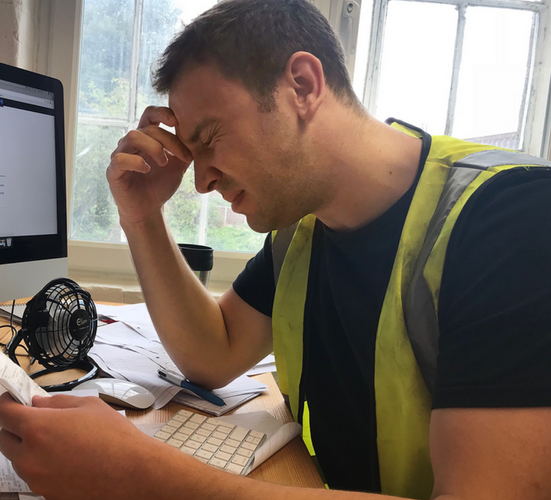The construction industry in New Zealand faces a major challenge when it comes to health and safety management. Unfortunately, safety culture is not yet where it needs to be, but we hope that this will change in time. However, there will be a lag period before a shift in mindset takes place on how to approach safety.
Compounding this enduring culture problem is the fact that the vast majority of construction projects in NZ are carried out by a main contractor who only provides construction management services. Meanwhile, subcontractors do most of the physical work on-site, despite having fewer resources. This means that their workers are most affected by the health and safety risks on site.

The PCBU model aims to ensure that everyone is responsible, from the main contractor to the subcontractor. However, there is a lack of understanding and control created by the wording of the legislation.
We believe that the biggest challenge for main contractors in managing health and safety is the number of companies on-site, competing perspectives on safety, and different appetites for risk amongst different companies. This raises an important question: how do you get dozens or hundreds of contractors to understand the safety requirements and safety culture of a project?
Attempting to do this manually is inefficient and requires too much time and resources. Sending out the project safety plan may not be effective as most contractors won't read it. Similarly, asking for a site-specific safety plan may result in generic and incomplete documents. Even for those that meet your requirements on paper, implementation may be a completely different story. After all, implementation is the most important part!
...What if we just focused on implementation?
So, what if we just focused on implementation? What if site managers, safety managers, and project managers could streamline and automate all the paper-based safety activities? This would free up their time to converse with and educate subcontractors about safety culture, create awareness, and plan and prioritize. Improving the safety of sites happens on-site, not behind a desk, so it's time to think about the usefulness of generic safety plans, pre-qualifications, and other documentation, remove what is unnecessary, and automate as much as possible.
This is where Safety Space comes in. It is a software solution built by safety professionals with the direct aim of reducing the time spent doing paperwork and increasing the time spent supervising, advising, and affecting safety on-site.
Safety Space simplifies and automates all the documentation in safety, helping your company meet all the necessary legal requirements. But it doesn't stop there. It produces reports and documents that are actually useful for people on-site and frees up their time to improve on-site safety.
If you're interested in finding out more about how Safety Space can automate safety management for your company, contact us for an obligation-free consultation. Click "Book a Demo" below.